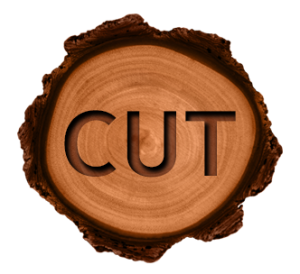How much of the paper and wood products consumed in North America and Europe were produced with illegally cut wood?
CUT, the 2013’s global reporting project by students and faculty of the International Reporting Program, explored the criminal, environmental and social consequences of the illegal timber trade.
CUT is presented through a multimedia project that looks at the origin of the wood and paper products in a typical North American home. CUT’s website was produced by UBC’s International Reporting students, in collaboration with the International University in Moscow. The website was designed by students at the Centre for Digital Media.
For CUT, the IRP team travelled to Russia, Indonesia and Cameroon. In Russia’s Far East, they discovered that massive amounts of illegally-logged Russian hardwood are shipped to China, where the wood is turned into inexpensive furniture and other items for export to western consumers.
In Indonesia a team accompanied UN officials on an illegal logging raid drill, and they challenged a representative of one of the world’s biggest paper companies about their damaging environmental history.
In Cameroon, they encountered a scheme to deprive indigenous people of their livelihoods in their community forest. They also found an American guitar company trying to make a difference by building guitars from sustainably harvested ebony.




